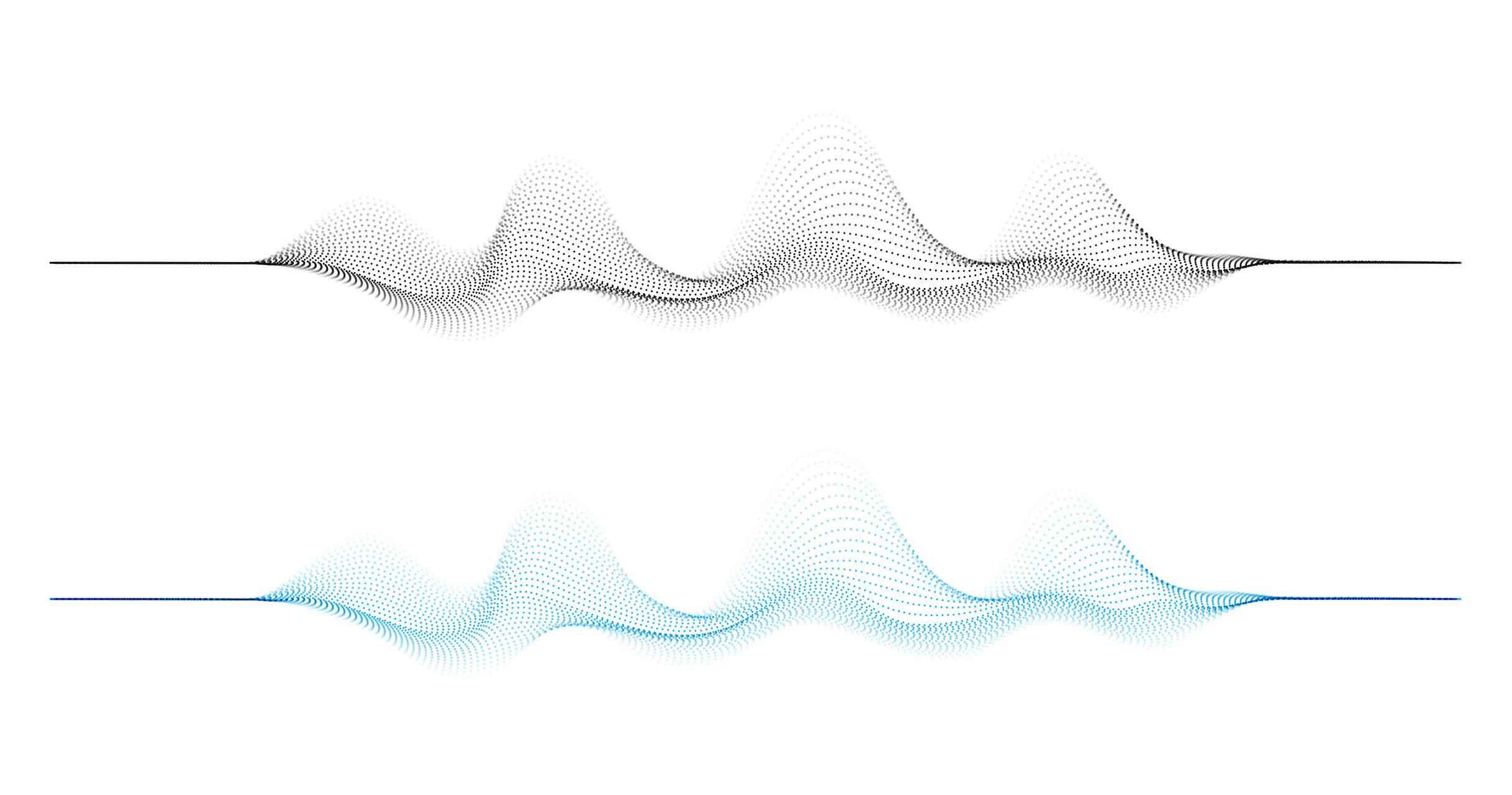Noise and dust are two things everyone can do without – including the environment and our neighbours and surroundings. To reduce quarry noise and quarry dust, we work with all local and governmental agencies and have taken several concrete steps to lessen the impact of the noise emission that controlled ordinances can cause.
Our commitment to quarry noise and dust reduction is a vital part of our commitment to the communities with whom we are in constant contact. Together with experts in their field, we have drawn up noise maps and calculations for our production facilities, which external consultants regularly update.
Taking the big out of the bang
Even the most controlled blast causes noise and the resulting dust. That is why, in recent years, we have developed and implemented measures and practices to limit noise emissions. We are also in constant dialogue with the surrounding communities and their representatives to discuss every issue, how we can improve our operation, and how it affects the surroundings. An example is limiting the number of blasts to a minimum and whose timing is sent to neighbors via text message.
Noise reduction at sea
Land is one of many places where we are implementing noise-reducing measures. Our ships also come equipped with various technical updates to minimize noise caused by running machinery and material flow. All our vessels meet the strictest requirements demanded in Norwegian ports. In addition, the high discharge capacity of our ships (up to 6,000 t/h compared to around 500-600 t with a conventional harbor crane) further reduces the duration of noise emissions to just a few hours per ship call.
We have also installed noise barriers at various port terminals to reduce the impact on local communities as much as possible. Shipping is a 24/7 industry; vessels must unload at night to lighten the tide and free up dock space for other users. That is why we are doing everything to reduce their impact.
Less dust – more development
Implementing measures that curb quarry dust reduction is our constant goal. To ensure this and to protect our local communities, we take every possible step to ensure that the amount of airborne dust does not exceed permitted limits. In Jelsa ware e monitor dust levels 24/7 to immediately react when necessary.
Airborne dust is continuously monitored, and we review the flow of data constantly to immediately react to any anomaly, such as:
- The use of water nozzles in our production plants to dampen the products throughout the production line
- Using rain gun sprinklers and bowsers to keep stockpiles and roads wet and dust down.
- We are watering the blast area before and after blasting to reduce the amount of dust.
- We wet roads and other traffic areas to bind the dust to the roadway.
- All external conveyor belts and production buildings will be entirely covered by 2030.
We are also reducing dust emissions on the water with measures in place, including actively reducing the discharge height (lowering the flexible discharge booms), using sprinkler systems on conveyor belts, and, if necessary, installing additional discharge funnels.
The unloading of material onto trucks from the terminals to our customers also comes with dust-reducing innovation. All trucks are covered with sheeting in line with national regulations.
